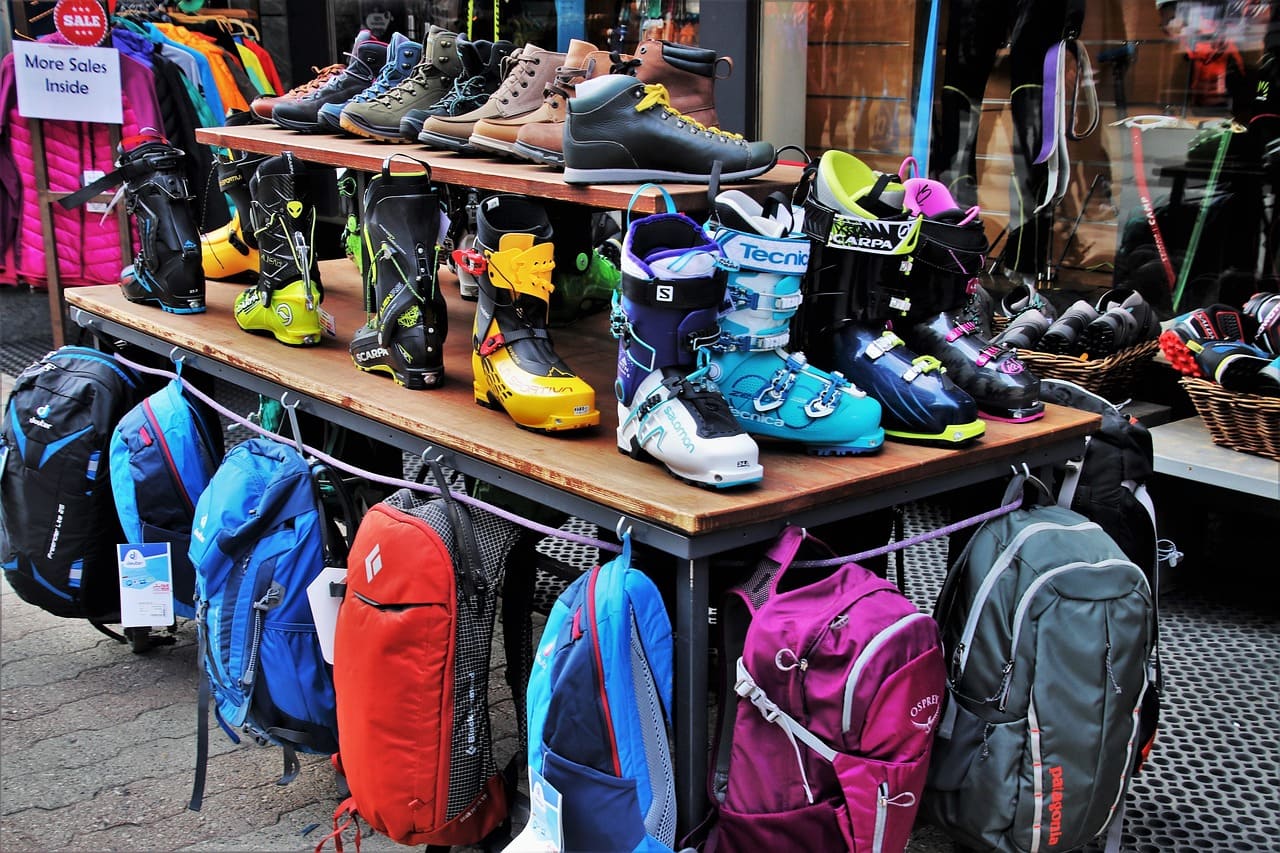Skiing is an incredible sport, but let’s be honest… ski gear is hella expensive. From skis and bindings to jackets and boots, the costs add up quickly.
One of the smartest ways to save money without sacrificing quality is buying used skis. Beyond being wallet-friendly, used gear is environmentally conscious and can actually help you get into the sport faster.
Here’s a detailed guide on why used skis are worth considering, what to look for and how to make smart purchases.
The Benefits of Buying Used Skis
Save Money Without Sacrificing Performance
Many skis are barely used before their previous owner upgrades or decides to change styles. Skis are built to last several seasons, meaning a lightly used pair can perform just as well as new ones. Often at a fraction of the price.
Buying used can also save hundreds of dollars, leaving more room in your budget for lift tickets, travel, or extra days on the mountain. For beginners or those looking to expand their quiver, used skis can be a practical way to get started without financial strain.
Environmentally Friendly
Manufacturing new skis consumes energy, materials, and generates waste. Every new pair requires wood, plastic, metal and resin, and a portion of the material is often discarded during production. Buying used skis is a form of recycling, giving gear a second life and reducing the environmental impact of ski production.
By choosing used, you’re not only saving money, but also supporting sustainable habits and encouraging the industry to continue improving environmentally friendly practices.

What to Look for When Buying Used Skis
Buying used skis isn’t just about price. You want to ensure they’re safe and functional. Here’s what to check:
Base Condition
Look for scratches, p-tex repairs, or larger gouges. Minor base repairs are normal and won’t affect performance. Large damage or deep core shots could compromise the ski’s integrity.
Edges
Inspect the metal edges for cracks, splits, or severe bending. Minor edge wear can be tuned and sharpened, but broken edges are a no-go. Also, check for “compressions” – small dents from hard landings or bumps. These usually don’t affect skiing but may allow you to negotiate a lower price.
Topsheet
Scratches or chips on the topsheet are mostly cosmetic. Separation between the topsheet and the core, however, can be a red flag for potential water damage or delamination. Most minor repairs can be fixed professionally.
Used Ski Boots and Clothing
Ski Boots
Boots are highly personalized and wear out differently based on foot shape and liner compression. For safety and comfort, it’s best to buy new boots rather than used, ensuring proper fit, support and long-term comfort.
If you do buy used boots, make sure they’ve got plenty of life left in them.
Ski Clothing
Used jackets, pants and gloves are a great way to save. Most outerwear can be easily cleaned and re-waterproofed. Minor tears or worn areas can often be patched without affecting performance. High-quality used clothing can feel nearly new, saving significant money over buying brand-new items.

More Tips for Buying Used Skis
Ask Questions: Check how long and in what conditions the skis were used.
Inspect in Person: If possible, see the skis yourself to evaluate wear and damage.
Test Bindings: Make sure bindings are compatible with your boots and are properly maintained.
Negotiate Price: Minor cosmetic or base issues can give leverage to reduce the price.
Used Skis Buying Checklist
What to check before you hand over the cash.
- Length suits your height, weight, and terrain
- Waist width matches where you ride most
- Flex feels right when hand-flexed, no dead soft spots
- Research model and year, avoid known lemons or recalls
- Bases flat when checked with a straight edge
- No core shots into the wood. Repairs are smooth and sealed
- Edge thickness decent, not filed to a razor-thin line
- No edge cracks, pulls, or long sections of rust
- Camber or rocker profile still even and not collapsed
- No delamination along edges or tips
- Sidewalls intact, no big cracks or blown sections
- Topsheet chips are minor and not peeling
- Tips and tails solid, no water intrusion
- Count number of mounts. More than two can be a red flag
- Old holes filled and sealed properly
- Your boot sole length will allow a clean remount if needed
- No soft spots around screws that suggest water damage
- Model is on the current indemnified list for shops to service
- DIN range fits your setting with room either side
- Forward pressure indicator lined up, AFD slides freely
- Brakes clear ski edges and match waist width
- Heel and toe pieces function smoothly with your boot
- Compare against recent listings in similar condition
- Factor tune cost for base grind, edge, and wax
- Check serials if present, ask for original receipt if possible
- Meet in a public spot or shop. If at a shop, ask for a quick function check
- Ask for clear photos or a short video of bases and edges
- Confirm reason for sale and how many seasons used
- Look for mismatched weight or camber between skis
- Walk away if something feels off. Plenty of skis out there
Final Thoughts
Buying used skis can be a smart, budget-friendly and eco-conscious choice. Skis are durable, clothing can be refreshed and you can enter the sport without spending a fortune. Combine used skis with new boots for the best mix of safety, comfort, and savings.
By choosing used gear wisely, you can enjoy your time on the mountain… all while keeping your wallet and the planet happy.
See you out there buddy!
